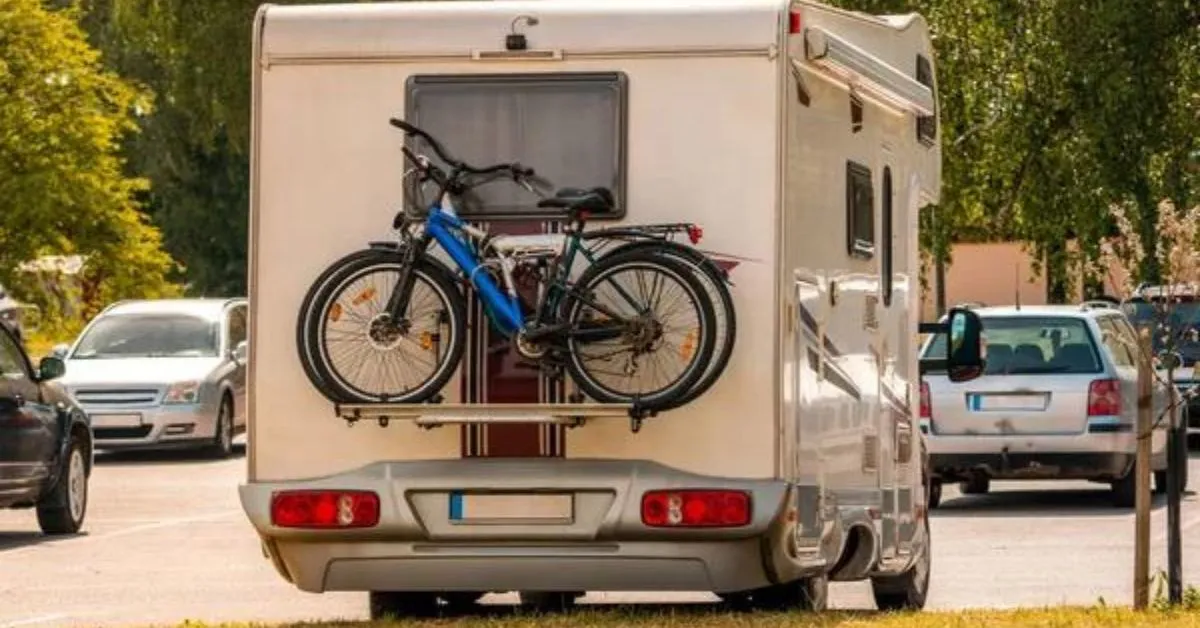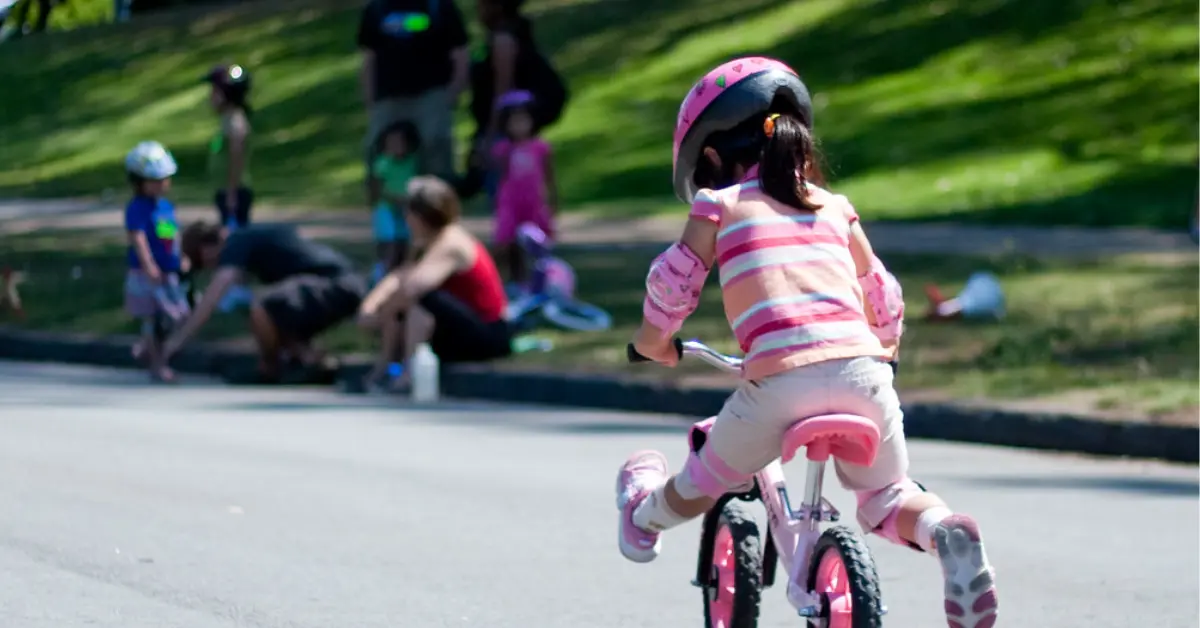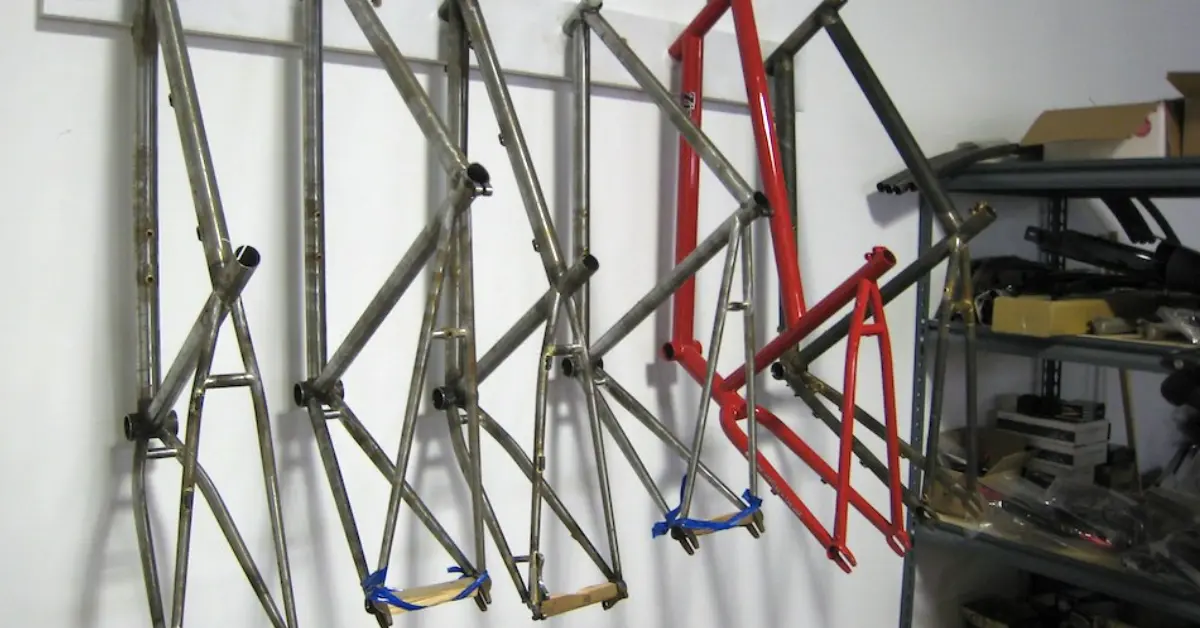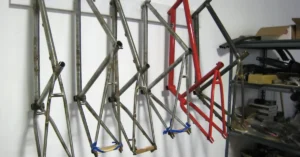When it comes to bike racks, stability is of utmost importance. After all, a bike rack’s primary purpose is to securely hold and protect bicycles. However, the question often arises: Are bike racks supposed to wobble?
This comprehensive guide aims to shed light on the issue of bike rack wobbling, providing valuable insights and practical solutions to minimize instability and ensure a safe storage system for your bikes. Let’s explore the answer to the question: Are bike racks supposed to wobble?
Table of Contents
ToggleAre Bike Racks Supposed to Wobble?
Are bike racks supposed to wobble to some extent, or should they remain sturdy and stable? The level of wobbling in a bike rack depends on factors such as installation, design, and intended flexibility.
Ideally, a bike rack should possess a sturdy structure with minimal wobbling. However, it is essential to acknowledge that some wobbling can be expected, mainly if the bike rack is not perfectly level or the ground surface is uneven.
If you notice that your bike rack consistently wobbles and moves excessively, it likely indicates incorrect installation or the need for repairs.
Different bike racks exhibit varying levels of flexibility. Some racks are intentionally designed to have a slight degree of flexibility, while others are intended to remain completely rigid.
If your bike rack falls into the flexible category, ensuring secure attachment to your vehicle becomes crucial to prevent it from becoming loose and causing potential accidents.
Conversely, if your bike rack is intended to be rigid, a minor amount of wobbling may not necessarily be a cause for concern.
However, if you observe signs that the rack is at risk of falling off or collapsing, seek professional assistance to assess and rectify the issue.
Regardless of the type of bike rack you have, it is always prudent to conduct a thorough inspection before each use to verify its overall condition and ensure that it is in proper working order. Regular maintenance and proactive checks contribute to a safe and reliable biking experience.
Bike Racks Wobbling
1. Roof Racks

Why do roof racks wobble, and are bike racks supposed to wobble during use? Roof racks offer excellent stability as they directly attach to the car’s rails. Generally, roof racks should not wobble during use. It’s essential to address wobbling issues to ensure the safe transportation of your bikes.
Bike wobble on roof rack due to various factors. These are as follows:
Worn-out Bolts or clamps: Over time, the bolts or clamps that hold the bike or the rack in place may wear out. This may result in a loose connection and more wobbling. Swapping out these obsolete parts in these situations is critical to guarantee a safe and stable setup.
Rough terrain: The bike may sway from side to side, even with a stable rack, because of irregular or uneven terrain.
Surpassing the weight limit of the rack: If the bike you’re using is heavy for the particular bike rack you’re using, it may cause severe wobbling and instability. You must make sure that the weight of your bike falls within the rack’s suggested load limit.
Minimize Roof Racks Wobbling
Are bike racks supposed to wobble during transportation, and what measures can you take to minimize wobbling with your roof rack for a safe and secure journey? No, roof racks are not supposed to wobble as stated above, but if they do, follow the tips below to fix the wobbling bike rack.
Check for proper installation: Ensure the roof rack is mounted appropriately on your car by consulting the owner’s manual or the manufacturer’s website. Pay close attention to any particular directions or advice given by the manufacturer.
Tight or Change Bolts and clamps: Check that all the bolts and clamps on the roof rack are securely fastened. Ensuring the connection is tight is crucial because loose bolts or clamps can cause wobbling. If there is a problem with bolts or clamps then change them.
Verify bike mounting: Make sure the bike is firmly fastened and all bicycle rack straps and clamps are snug. This will lessen any swaying or movement of the bike during transit.
Check Weight Limit: Ensure your bike fall within the suggested load limit to prevent such issues.
Use Bike Rack Stabilizer: Using a bike rack stabilizer can effectively minimize wobbling and provide a more stable and secure bike transportation experience.
2. Trunk Mounted Racks
Are bike racks supposed to wobble? Ideally, no. Bike racks, including trunk racks, should be properly adjusted and secured to provide a stable and secure transportation solution for your bikes.
However, there are instances where a trunk mounted rack might experience some wobbling. Let’s explore the reasons and how to address them.
Incorrect adjustment: Trunk racks are designed to integrate with various car shapes and designs, but they may require adjustments to fit your specific vehicle. If the rack is not correctly adjusted or fitted, it can result in the bike rack wobbling.
Loose or unevenly attached straps: Trunk racks utilize straps to secure the rack against the back of your car, if the straps are not tightened properly or are unevenly attached, it can lead to instability and wobbling.
Minimize Trunk Racks Wobbling
Let’s explore how to stop bike rack from swaying?
Make sure your rack is designed for your car model: Different cars may have different trunk designs, so it’s important to ensure compatibility. Check the manufacturer’s guidelines or consult their website to confirm that the rack suits your vehicle.
Check the Installation: If the rack is rocking or wobbling due to uneven straps, uninstall and readjust the straps. Make sure they are tightened sufficiently to keep the rack firmly in place.
Use tie-downs for extra protection: You can also use tie-downs to secure the bikes to each other. This extra level of protection can help minimize sway and movement during transportation.
Use extra stability measures: To increase safety, think about adding extra stability measures like anti-sway straps or attachments that are made to reduce bike movement. These can lessen swaying and wobbling while being transported.
Are bike racks supposed to wobble after implementing these safety measures? No, by taking these steps, you can minimize wobbling and sway, protecting your bikes during transportation.
3. Hitch Bike Racks

Are bike racks supposed to wobble? While it’s not ideal for any bike rack to wobble excessively, hitch racks have a higher tendency to experience wobbling compared to other rack types. Let’s explore the potential reasons behind bike rack wobbles in hitch:
Trailer hitch receiver loose fit: The stability is greatly influenced by the fit of the hitch rack and the trailer hitch receiver. Trailer hitch rack wobbles if it is loosely fit.
Ensure the hitch receiver is firmly fastened to your car and the hitch rack is correctly installed and securely fastened inside the receiver.
Insufficient hitch rack tightening: Hitch racks typically feature tightening mechanisms to secure the rack to the hitch receiver. If these mechanisms are not tightened adequately, it can result in wobbling.
Weight distribution: Proper weight distribution plays a crucial role in reducing wobbling. The bike rack moves in hitch if there is an uneven weight distribution of heavy bikes.
Road conditions and driving speed: Wobbling can also be influenced by road conditions and driving speed. Uneven or bumpy roads, as well as high speeds, can contribute to increased wobbling.
Minimize Hitch Racks Wobbling
Utilize hitch stabilizer: Consider using anti-wobble hitch stabilizer devices designed to reduce movement and enhance stability. Best hitch stabilizer devices can help eliminate or minimize wobbling by providing an additional layer of support.
Use Hitch Clamp: A Hitch Clamp serves as an efficient solution to minimize the sway that may result from the natural wear and tear of your hitch mount and rack.
By implementing a Hitch Clamp, you can significantly reduce unwanted movement and enhance the overall stability of your bike rack setup.
Use Hitch Tightener: If you are looking for how to tighten a loose receiver, then continue reading. A hitch tightener typically consists of a sturdy metal clamp or bracket that securely fastens around the hitch mount and the hitch receiver.
This mechanism helps pull them tightly together, eliminating any slack or movement that may have been present.
To use the hitch tightener, simply attach it to the appropriate locations on the hitch mount and hitch receiver, following the provided instructions. Once properly installed, you can tighten the device to create a secure and snug fit.
Are bike racks supposed to wobble even after using the abovementioned solutions? While it is common for hitch racks to have a little wobbling due to their design and connection points, they should not exhibit excessive wobbling.
Implementing the suggested solutions, such as ensuring a secure hitch receiver fit, proper tightening, weight distribution, and using stabilizing devices, should significantly minimize wobbling and enhance stability.
Final Words
Are bike racks supposed to wobble during transport? Bike racks are not supposed to wobble excessively during transport. But some factors may lead to excessive wobbling that can compromise the stability of your bike transportation setup.
Whether you have a roof rack, trunk rack, or hitch rack, it is important to take the necessary steps to minimize wobbling and ensure a secure ride.
Proper installation, the use of additional support mechanisms such as hitch stabilizers and anti-wobble devices, and maintenance of your bike rack are key factors in reducing wobbling.
Are bike racks supposed to wobble after following these instructions? Yes, also pay attention to weight limits and distribute the weight evenly on the rack to maintain balance and stability.
Implementing the suggested solutions, such as ensuring a secure hitch receiver fit, proper tightening, weight distribution, and using stabilizing devices, would significantly minimize wobbling and enhance stability. Stay safe, and enjoy your ride!









